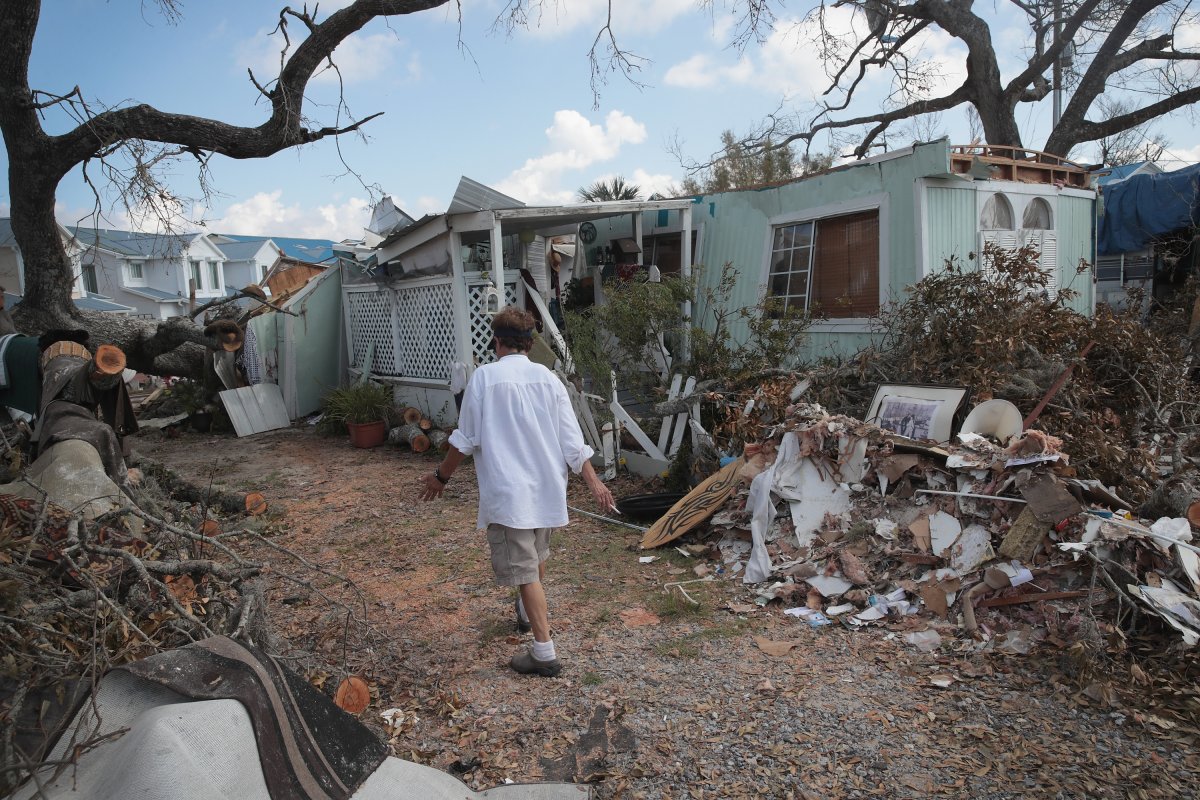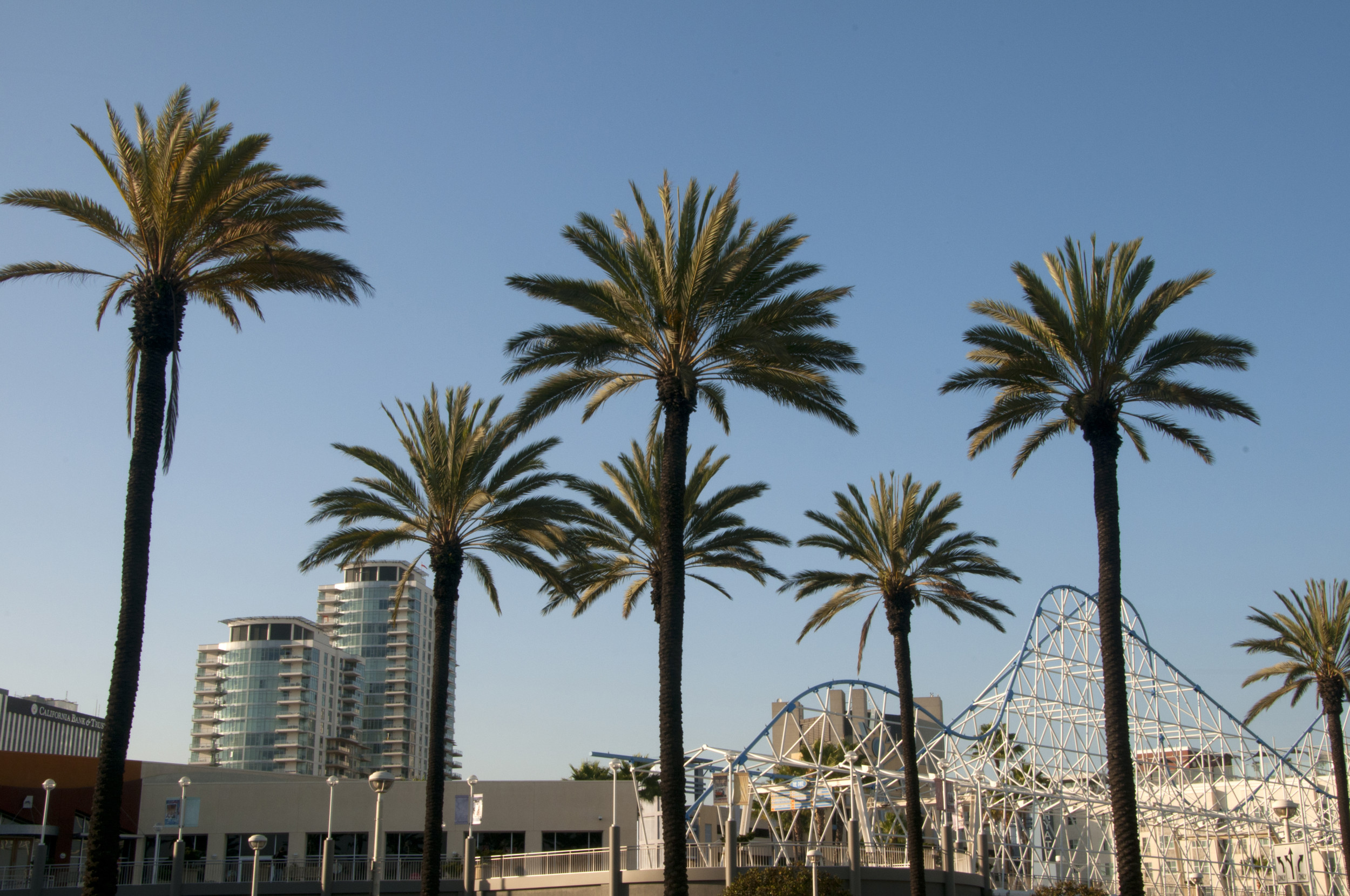"Brace for impact."
As Gulf Coast residents ready for warmer temperatures and summer nights, they do so knowing what June also brings—the start of hurricane season. From June to November, this three-word mantra reminds those living in hurricane zones of the ever-present reality that a storm can devastate their communities with little warning.
This year, forecasters are predicting yet another above-average hurricane season, including a 46 percent chance that a major hurricane will hit the Gulf Coast. For those in the Florida Panhandle, the start of hurricane season also brings a stark reminder of Hurricane Michael nearly four years ago and the devastation it wrought upon their communities.
As the first Category 5 hurricane to make landfall in the U.S. since Hurricane Andrew in 1992, Hurricane Michael rippled across northwest Florida, uprooting trees and destroying homes and businesses. In Panama City alone, 90 percent of structures in the city were damaged or destroyed and about 80 percent of trees were uprooted, leaving behind 5.7 million cubic yards of debris and a $150 million clean-up cost. Hurricane Michael forced nearly 10,000 residents from their homes, some of which had been completely obliterated.
Now, four years later, Panama City is open for business—stronger and more resilient than ever. Debris has been cleared, trees are being replanted, business is returning to the city and people are discovering a "new normal." Panama City has not only demonstrated its profound resilience, but also created a blueprint for recovery that should serve as a model for community response to declared disasters.
After Panama City officials secured the safety of their residents and took stock of the damage, we knew that we needed a plan of action for the overwhelming task before us. As an initial step, city officials identified the city's greatest needs, as well as overall strategic objectives and plans to guide them beyond the initial recovery phase. This strategic plan greatly aided the city's efforts to secure key support funding from the state and federal government to put the recovery plan into immediate action.
Before putting pen to paper on the recovery plan, however; we took an important step: We asked our citizens what they wanted their city to become. As with any emergency response, the first step is to ensure the health and safety of residents and survey the damage to assess the starting place for recovery. City officials didn't just talk with residents in Michael's immediate aftermath; we established a transparent, open line of communication that remains open nearly four years later.

To this day, I continue to meet every Monday morning with citizens to talk about the issues that are on their mind and update them on the city's progress toward its goals. Connecting directly with citizens provides leaders with a clearer picture of needs and enables the city to prioritize more appropriately. It is vital for governments to earn the trust and confidence of its citizens. Open communication strengthens the trust between city officials and residents, increasing shared efforts and progress toward recovery.
Panama City's recovery needs post-Hurricane Michael were overwhelming and demanding, especially with regards to damaged infrastructure and disrupted city operations. However, we saw the opportunity amid the devastation. Instead of implementing quick fixes or replacing infrastructure in place prior to the storm, we've invested the time and research to build for the future. Though some argued it was too aspirational during the recovery phase, we enforced this practice in all recovery efforts. And it's paying off.
Nearly four years later, Panama City is well underway in the execution of our recovery plan, and the numbers prove it's working. Hundreds of new businesses have set up shop in Panama City, for a 67 percent increase in the total number of businesses in the city compared to the year prior to Hurricane Michael. New residential properties are being built at a rapid pace, with more than 6,000 homes under development. Replanting efforts to restore the tree canopy are progressing and national corporations are moving in, all while the city maintains sound fiscal management.
This hurricane season, cities across the U.S. would do well to heed lessons learned from Panama City's recovery and make critical preparations to mitigate damage before storms land on their shores. Most importantly, this includes preparing residents for what they'll have to face, communicating with them throughout the storm and engaging with them during any necessary recovery efforts—local citizens are a city's most important asset. Even as Panama City residents have faced challenge after challenge in the past four years, from tropical storms to COVID-19 and wildfires, they have remained resilient and focused on their vision for a brighter, stronger future—a vision now coming to life.
Mark McQueen, major general, U.S. Army retired, is the city manager for the city of Panama City, Fla.
The views expressed in this article are the writer's own.
Uncommon Knowledge
Newsweek is committed to challenging conventional wisdom and finding connections in the search for common ground.
Newsweek is committed to challenging conventional wisdom and finding connections in the search for common ground.
About the writer
To read how Newsweek uses AI as a newsroom tool, Click here.








